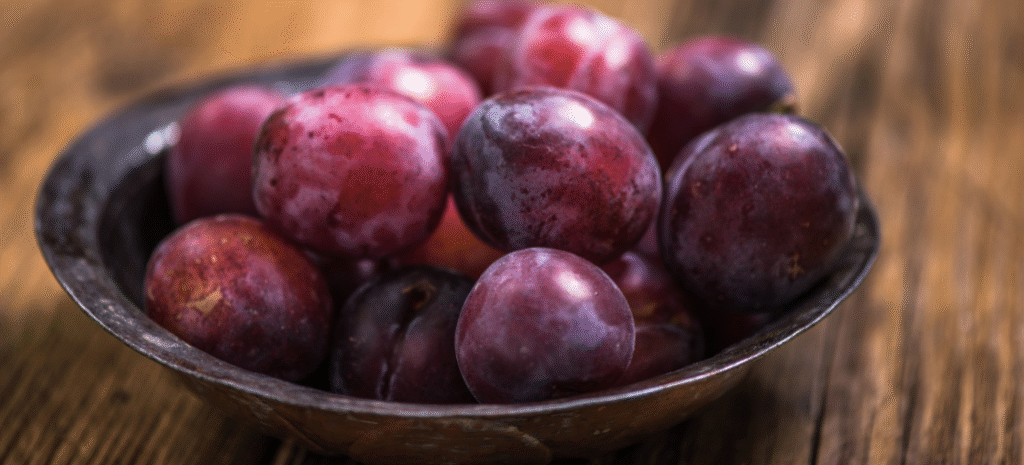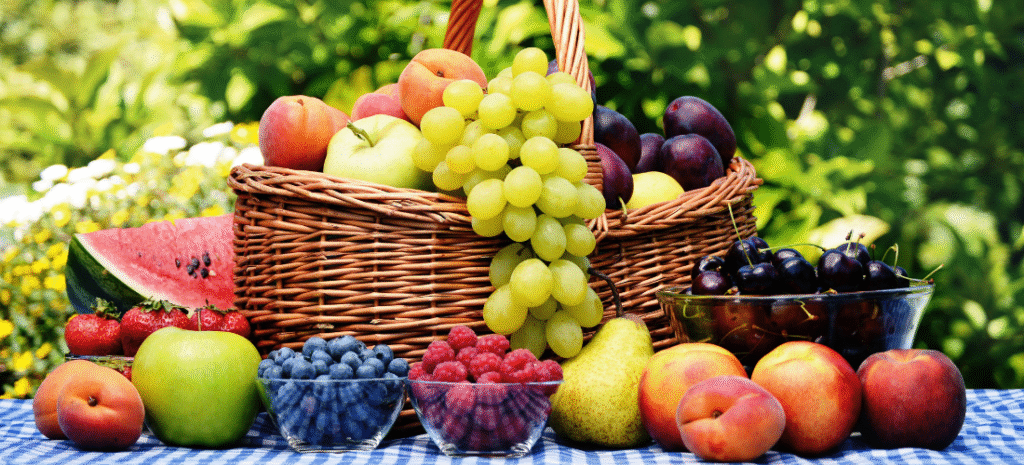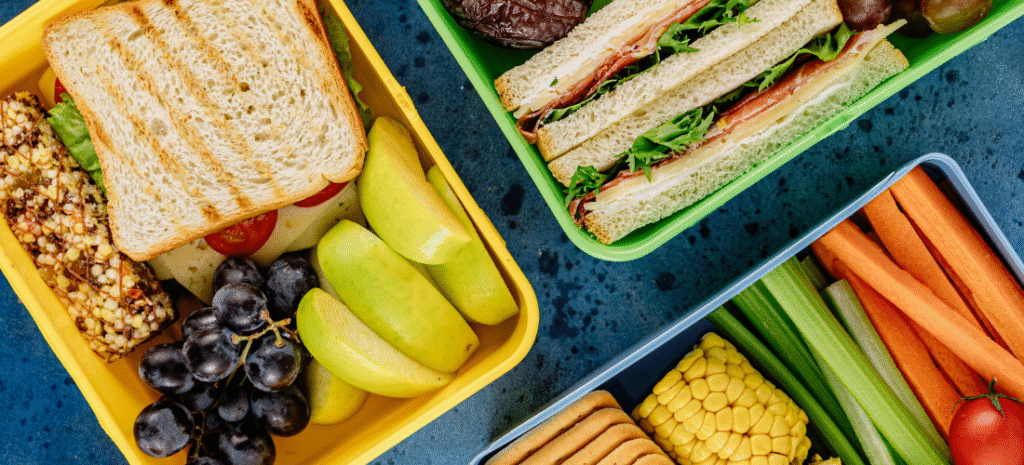Did you know that one medium-sized orange is enough to cover more than two-thirds of an adult’s daily vitamin C requirement? This is according to the Italian Society of Human Nutrition (SINU), which identifies precisely this amount as a standard serving size.
A symbolic fruit of winter (and health)
Among citrus fruits, the orange is undoubtedly the most popular fruit worldwide. Based on the color of the pulp, they are distinguished into:
- Blonde oranges, such as Valencia and Navel
- Red oranges, whose coloring depends on significant temperature changes, which positively “stress” the plant, stimulating the production of natural pigments
Common varieties include: Navel, Valencia, Belladonna and Ovale, each with unique characteristics of flavor, juiciness and sweetness.
Not just vitamin C: a mix of nutrients
Regardless of variety, all oranges are a treasure trove of vitamin C as well as:
- Vitamin A
- Potassium
- Magnesium
- Dietary fibers
Be careful, however: when we squeeze an orange, the fibrous part is removed. To reduce waste, you can reuse the leftover pulp in many ways:
- Eat it with a teaspoon
- Add it to smoothies or shakes
- Stir it into yogurt
- Use it as an ingredient in homemade desserts
How to consume oranges (in addition to juicing)
Oranges are an ideal snack to take with you and enjoy as is. But you can enjoy them in many other ways as well:
Sweet version:
- Whole or in wedges at the end of a meal
- In juices and hot or cold drinks
- To make jams, cakes, cookies and even ice cream
Savory version:
To increase fruit and vegetable consumption even in winter, try pairing them with savory dishes. Here are some original ideas:
- Big salad with orange cubes
- Fennel, black olives and orange segments, with slivered almonds
- Citrusy dressing with tahina, orange juice and soy sauce
- Cous cous cous with vegetables and orange cubes
A valuable ally for iron absorption
Another good reason to consume oranges at the end of a meal? Vitamin C promotes the absorption of iron contained in plant foods (such as legumes and vegetables). Just a few cloves are enough to improve the bioavailability of this essential mineral.
In summary: why should there never be a shortage of oranges?
Easy to consume, versatile and full of beneficial virtues, oranges are a true wild card of the winter season. Whether you choose to enjoy them in wedges, juiced or as a creative ingredient in your dishes, don’t forget them in your daily diet!
by dietitian Alessandra Zanini
SOURCES:
BDA – Food database for epidemiological studies



